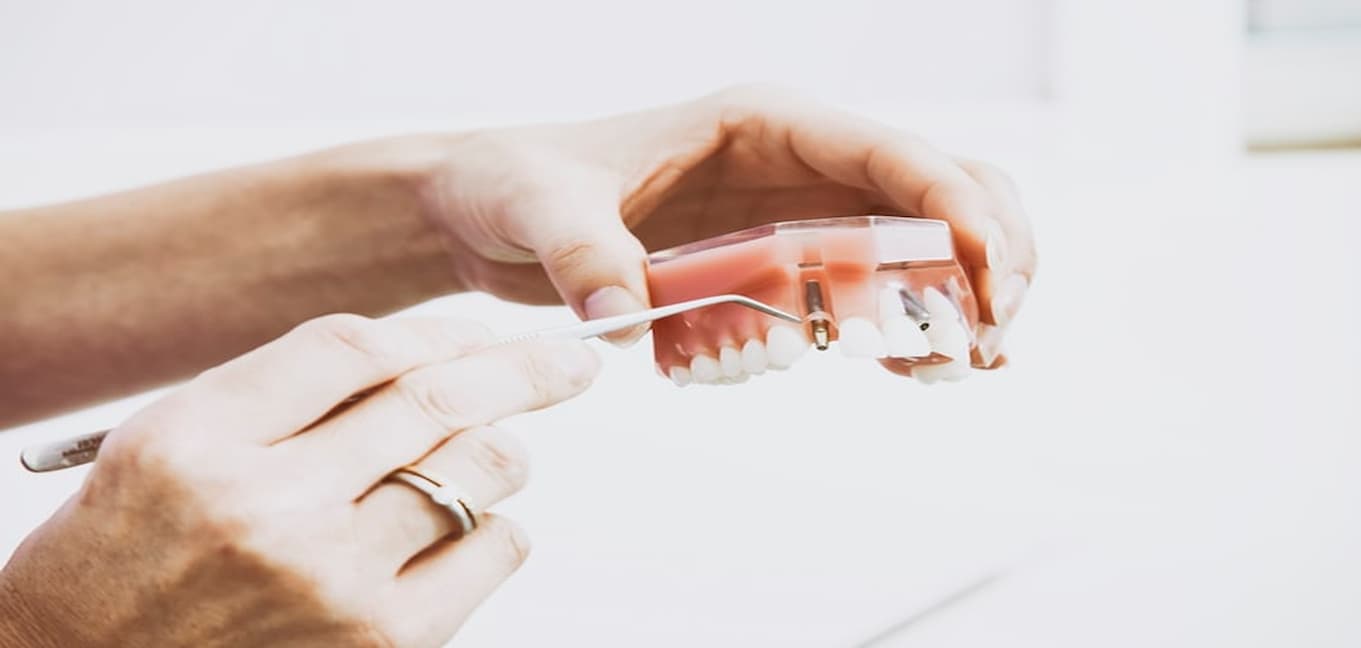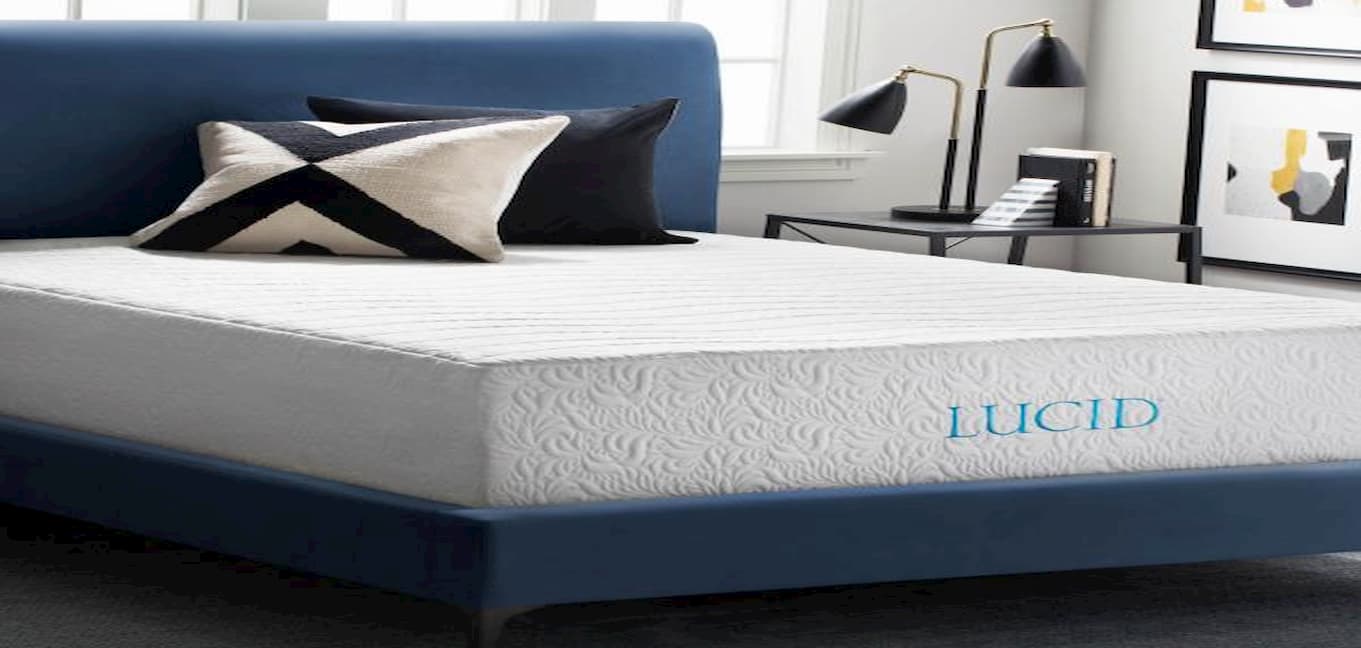What is a weight blanket?
A weighted blanket, also known as a gravity blanket, is a blanket filled with heavy pellets. Weighted blankets have been claimed to reduce anxiety and therefore allow the wearer to fall asleep more quickly. Weighted blankets were first used in 1999, when an occupational therapist, Tina Champagne, used them to help some mental-health patients.
What is the recommended weight of a weighted blanket?
The first step in buying a weighted blanket is determining the right weight for you. The general wisdom is to pick one that’s 10 percent of your body weight. So if you weigh 150 pounds, you’d get a 15-pound blanket. If you are closer to 200 pounds, a 20-pound blanket is a good fit, and so on.
Are weighted blankets hot?
Blankets are made commonly of soft fabric, which is prone to hold heat and keep warm, which is the reason that weighted blanket are frequently bought in the autumn and winter like other blankets, while there are a lot of blankets that make use of cooler material than flannel like quilt fabric, whose disadvantage is not as soft as flannel, while it is also a good choice for those those sleepers who struggle with hot flashes at night.
Do weighted blankets help with anxiety?
Because of soft material and weights, a weighted blanket is similar with a comfort object that children use at bedtime such as a stuffed animal, or a favorite toy, actually, more and more adults also use comfort objects and security blanket or weighted blanket are popular among adults, according to 2011 survey by Travelode, about 35% of british adults sleep with a teddy bear.
Filled with a heavy load of tiny plastic or glass pellets, a weighted blanket can weigh up to 25 pounds, creating a confined feeling similar to a hug, which is thought to promote the release of feel-good chemicals, which in turn, may calm you down. That’s the idea at least. When it comes down to it, there isn’t any concrete scientific evidence that it works better than any other relaxing bedtime routine.
But that doesn’t mean one of these weighted covers can’t work for you. That’s because “anxiety has a very strong placebo response,” as Martin Antony, PhD, professor of psychology at Ryerson University and co-author of the Anti-Anxiety Workbook, previously told Women’s Health. In other words, if you believe the weighted blanket will soothe you to sleep, then it might do just that.
How do you wash a weighted blanket?
Usually, weighted blankets comprise of two layers: inner layer and outer layer, a outer layer is added to protect the inner weighted material. It is suggested to read the washing instructions on the blanket label, check what your blanket is made of and whether there are some cleaning instructions and warnings.
Soft fleece blankets (also called cuddle fleece or ‘Minky’, of a soft plush feel) should be washed in a cold water machine wash with a gentle detergent. Avoid fabric softener which can gel the short, soft fibers.
Ultra-soft chenille blankets can be washed in a cold or tepid water machine cycle with gentle detergent.
Poly-pellets or bead inner blankets can be washed in a warm water cycle, but avoid hot water.
100% cotton-inner blankets can use either cold or warm water alone in a delicate machine cycle with gentle detergent.
Wash waterproof blankets in a warm or hot water machine wash as these can be harder to clean. Still avoid bleach or vinegar cleaning products.
If you have a flannel blanket, use fabric softener in a cold or medium water cycle. Alternatively, put 1 cup of white vinegar in the rinse water. Doing either of these will soften the flannel and remove pilling (the bumpy threads that break and clump on the surface of the material).






